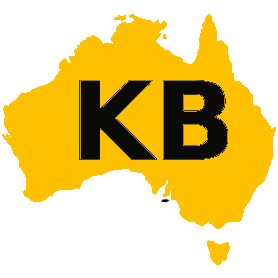A fire hydrant is a source of water provided in most urban, suburban and rural areas with municipal water service to enable firefighters to tap into the municipal water supply to assist in extinguishing a fire.


Useful Life
A fire hydrant may have a useful life in the vicinity of 30 years.
Types of Hydrants
Fire Flow Requirements
Chapter 6 of the Planning Guidelines for Water Supply and Sewerage Table 5.5 (see below) states that in residential areas, hydrants should be capable of delivering 15 l/s for two hours at a pressure of at least 12m, at all times.
|
|||||||||||||||
Victoria
In Victoria the responsibilities for fire hydrants are detailed in Section 165 of the Victorian Water Act 1989 which states:
(1) A council may require an Authority that has a water district situated wholly or partly within the council's municipal district to fix fire plugs to any of the works of the Authority within the water district in suitable locations for the supply of water for fire-fighting purposes.
(2) A council must meet the costs of providing, installing, marking and maintaining all fire plugs that the council requires under subsection (1) to be installed in its municipal district.
(3) An Authority may provide, install, mark and maintain any extra fire plugs that it thinks necessary or that are requested by a landowner, either at its own cost or at the cost of the landowners benefited by them.
(4) An Authority must—
… (a) keep all fire plugs in its water district in working order; and
… (b) provide conspicuous markers for fire plugs supplied by it; and
… (c) make sure that at all times water is available from fire plugs in its water district for cleaning sewers and drains, unless the water is unavailable due to a shortage of water or another unavoidable cause, or due to repairs.
(5) Subsection (4)(a) does not require an Authority to make sure that water pressure is adequate for fire fighting.
(6) No charge may be made by an Authority in respect of water taken for fire-fighting purposes from a fire plug fixed to its works.
(7) An Authority may impose a reasonable charge in respect of water taken for cleaning sewers and drains from a fire plug fixed to its works.
